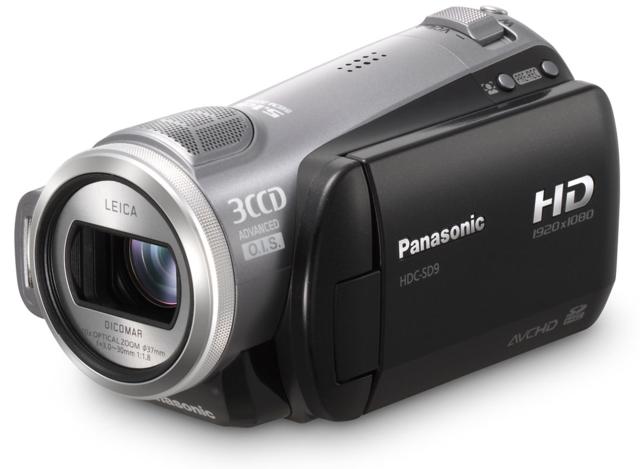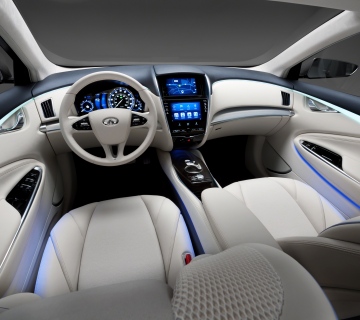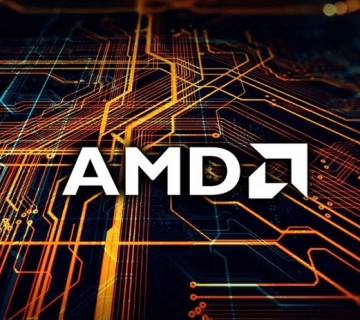
We live in an age that is fast becoming digitalized on every side. The latest home video offering is the digital high definition video camcorders. In the 1960s and 70s we had video camera that were in use for television. These big, bulky objects recorded on analog tapes and needed to be carefully handled.
Consumer camcorders put in an appearance in the 1980s with the analog format continuing well into the 90s. As the camcorder developed, it became smaller and soon home video production was affordable for the average consumer.
The high definition cameras we have today are very compact and provide the best possible picture quality. The concept no doubt remains the same, to capture and focus light into the camera. As consumers grow more discerning in their choices, the demand for higher performance quality soon resulted in digital definition video camcorders to meet consumer requirements.
Now it’s time to go shopping for digital definition video camcorders. Lots of choices out there to confuse you and you could very well end up in a fog! The simple tips in this article will help de-fog you!
Tip #1 – first set a budget because digital definition video camcorders can cost a fortune. The top of the line cameras will give you images that are similar to film quality. But you don’t want to go into debt buying a video camera! Plenty of low end HD cameras you can choose from. Just go online and browse the key player websites like Sony, Canon, and Sharp among others.
Tip #2 – high definition cameras use charge coupled device commonly referred to as CCD or complementary metal oxide semiconductor (CMOS) image sensors. Both come with their own pros and cons, but it is generally agreed that CCD has a slight edge over CMOS in terms of image quality. All these terms can be mighty confusing so what you need to do is focus on choosing a digital definition video camera based on the quality of the pictures it produces. In other words, it’s the end result that counts.
Tip #3 – recording on a single chip will entail mixing up the 3 primary colors and the quality will not be outstanding. Using separate chips helps to keep color information well separate all through processing and the result is a cleaner image. Chip resolutions should be checked in terms of lines – more is better in this case.
Tip #4 – 24P refers to 24 progressive frames. Sounds grand but don’t let your decision be swayed by that! To produce really good results with high definition video cameras, several factors come into the mix from lighting to low depth of field, fixed focal length and zoom power. 24P is very useful if you plan to shoot a movie for theater projection, otherwise it is not necessary. One more thing, high definition video camcorders with assisted focus is a good choice.
When buying your HD video camcorder make sure you know what you want by first figuring out what you plan to use the camera for. Then go from there and you should not have any problems.



